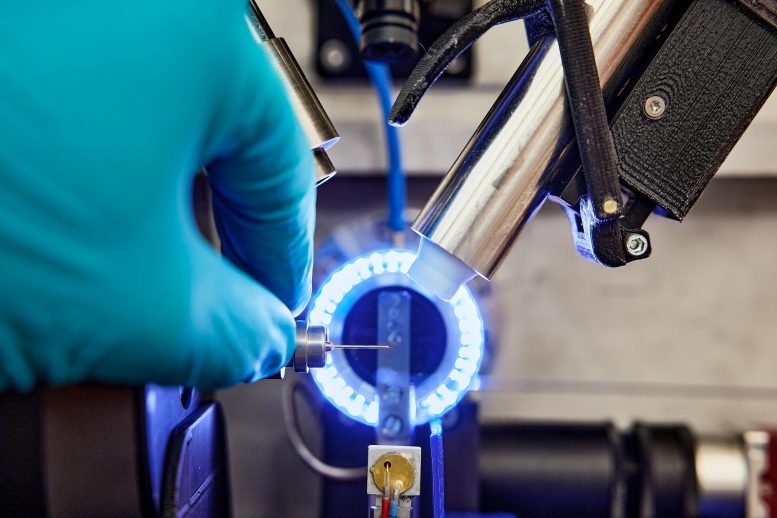
Direct view of the sample in protein X-ray crystallography: The tiny pin (tip in the center) carries the crystal sample and is firmly fixed in the sample holder on the beamline P11. Credit: © DESY/C. Schmid
Extensive X-ray screening reveals binding to key virus protein.
A team of researchers, including scientists from the MPSD, has identified several candidates for drugs against the SARS-CoV-2 coronavirus using the PETRA III X-ray light source at the German Electron Synchrotron (DESY). They bind to an important protein of the virus and could thus be the basis for a drug against COVID-19. In a so-called X-ray screening, the DESY-led research team tested almost 6000 known active substances that already exist for the treatment of other diseases in a short amount of time.
After measuring about 7000 samples, the team was able to identify a total of 37 substances that bind to the main protease (Mpro) of the SARS-CoV-2 virus, as the scientists report online today in the journal Science. Seven of these substances inhibit the activity of the protein and thus slow down the multiplication of the virus. Two of them do this so promisingly that they are currently under further investigation in preclinical studies. This drug screening – probably the largest of its kind – also revealed a new binding site on the main protease of the virus to which drugs can couple.
In contrast to vaccines, which help healthy people to defend themselves against the virus, drug research is looking for drugs that slow down or stop the reproduction of the virus in the body of people who are already infected. Viruses cannot reproduce on their own. Instead, they introduce their own genetic material into the cells of their host and make them produce new viruses. Proteins such as the main protease of the virus play an important role in this process. Protease cuts protein chains produced by the host cell according to the blueprint of the virus genetic material into smaller parts that are necessary for the reproduction of the virus. If the main protease can be blocked, the cycle can possibly be interrupted; the virus can no longer reproduce and the infection is defeated.
Beamline P11 of DESY´s PETRA III research light source specializes in structural biology studies. Here, the three-dimensional structure of proteins can be imaged with atomic precision. The research team led by DESY physicist Alke Meents used this special capability to examine several thousand active substances to see whether and how they “dock” to the main protease – the first important step in blocking it. Like a key in a lock, the drug molecule fits into a binding center of the protease. Since these active substances have already been approved for the treatment of humans or are currently being tested, suitable candidates to combat SARS-CoV-2 could therefore be used in clinical trials considerably faster, saving months or years of drug development.
The robotic equipment at the beamline processed each of the more than 7000 measurements in only about three minutes each. With the help of automated data analysis, the team was able to quickly separate the wheat from the chaff. “Using a high-throughput method, we were able to find a total of 37 active substances that bind with the main protease,” says Meents, who initiated the experiments.
Lourdu Xavier, a co-author of the study from the International Max Planck Research School IMPRS-UFAST at the MPSD, describes the process: “The challenging part was screening 6000+ drugs with the single-crystal screening method. It demanded several tens of people to work round the clock for a few weeks in growing crystals, soaking them with drugs, fishing, freezing, and loading the crystals into the robot-station for X-ray screening. It was a marathon-cum-relay-race.” says Lourdu Xavier. “It was a fantastic team effort and I am glad that we found several bound drugs.
“With these exciting results entering pre-clinical trials, we are also well-equipped to get deeper insights on the room-temperature dynamics of the allosteric drug-binding mechanism using XFEL pulses, with which millions of diffraction patterns can be obtained in a short time.”
In the next step, the researchers at the Bernhard Nocht Institute for Tropical Medicine investigated whether these active substances inhibit or even prevent virus replication in cell cultures and how compatible they are for the host cells. This reduced the number of suitable active substances to seven, two of which stood out in particular. “The active substances Calpeptin and Pelitinib clearly showed the highest antivirality with good cell compatibility. Our cooperation partners have therefore already started preclinical investigations with these two substances,” explains DESY researcher Sebastian Günther, the first author of the Science publication.
In their drug screening using protein crystallography, the researchers did not examine fragments of potential drugs as is usually the case, but complete molecules of the drug. In the process, however, the team of more than 100 scientists also discovered something completely unexpected: they found a binding site on the main protease that had been completely unknown until then. “It was not only a nice surprise that we were able to discover a new drug binding site on the main protease – a result that can really only be achieved at a synchrotron light source like PETRA III – but that even one of the two promising drug candidates binds precisely to this site,” says Christian Betzel from the University of Hamburg, co-initiator of the study.
“Even if the two most promising candidates do not make it into clinical trials, the 37 substances that bind to the main protease form a valuable database for drug developments based on them,” explains Patrick Reinke, DESY researcher and co-author of the publication.
Reference: “X-ray screening identifies active site and allosteric inhibitors of SARS-CoV-2 main protease” by Sebastian Günther, Patrick Y. A. Reinke, Yaiza Fernández-García, Julia Lieske, Thomas J. Lane, Helen M. Ginn, Faisal H. M. Koua, Christiane Ehrt, Wiebke Ewert, Dominik Oberthuer, Oleksandr Yefanov, Susanne Meier, Kristina Lorenzen, Boris Krichel, Janine-Denise Kopicki, Luca Gelisio, Wolfgang Brehm, Ilona Dunkel, Brandon Seychell, Henry Gieseler, Brenna Norton-Baker, Beatriz Escudero-Pérez, Martin Domaracky, Sofiane Saouane, Alexandra Tolstikova, Thomas A. White, Anna Hänle, Michael Groessler, Holger Fleckenstein, Fabian Trost, Marina Galchenkova, Yaroslav Gevorkov, Chufeng Li, Salah Awel, Ariana Peck, Miriam Barthelmess, Frank Schluenzen, Paulraj Lourdu Xavier, Nadine Werner, Hina Andaleeb, Najeeb Ullah, Sven Falke, Vasundara Srinivasan, Bruno Alves França, Martin Schwinzer, Hévila Brognaro, Cromarte Rogers, Diogo Melo, Joanna J. Zaitseva-Doyle, Juraj Knoska, Gisel E. Peña-Murillo, Aida Rahmani Mashhour, Vincent Hennicke, Pontus Fischer, Johanna Hakanpää, Jan Meyer, Philip Gribbon, Bernhard Ellinger, Maria Kuzikov, Markus Wolf, Andrea R. Beccari, Gleb Bourenkov, David von Stetten, Guillaume Pompidor, Isabel Bento, Saravanan Panneerselvam, Ivars Karpics, Thomas R. Schneider, Maria Marta Garcia-Alai, Stephan Niebling, Christian Günther, Christina Schmidt, Robin Schubert, Huijong Han, Juliane Boger, Diana C. F. Monteiro, Linlin Zhang, Xinyuanyuan Sun, Jonathan Pletzer-Zelgert, Jan Wollenhaupt, Christian G. Feiler, Manfred S. Weiss, Eike-Christian Schulz, Pedram Mehrabi, Katarina Karnicar, Aleksandra Usenik, Jure Loboda, Henning Tidow, Ashwin Chari, Rolf Hilgenfeld, Charlotte Uetrecht, Russell Cox, Andrea Zaliani, Tobias Beck, Matthias Rarey, Stephan Günther, Dusan Turk, Winfried Hinrichs, Henry N. Chapman, Arwen R. Pearson, Christian Betzel and Alke Meents, 2 April 2021, Science.
DOI: 10.1126/science.abf7945
Researchers from DESY, the MPSD, the Universities of Hamburg and Lübeck, the Bernhard Nocht Institute for Tropical Medicine, the Fraunhofer Institute for Translational Medicine and Pharmacology, the Heinrich Pette Institute, the European XFEL, the European Molecular Biology Laboratory EMBL, the Max Planck Society, the Helmholtz-Zentrum Berlin, and other institutions were involved in the work. In addition to the experiments at the P11 measuring station, measurements were also carried out at the EMBL measuring stations P13 and P14 at PETRA III.


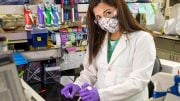



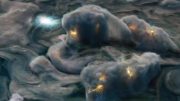
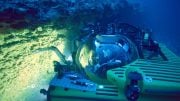
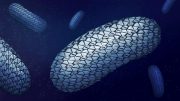
Really good work people!